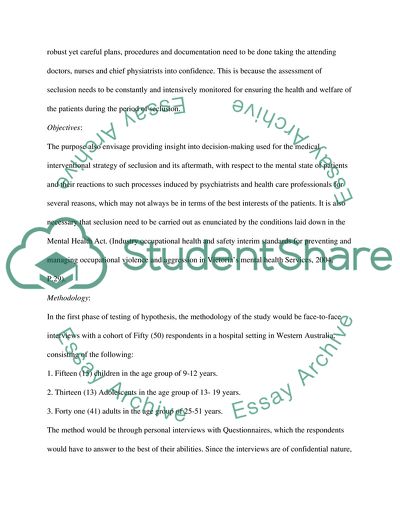Cite this document
(Clinical Audit on Seclusion Use in Mental Health Research Proposal, n.d.)
Clinical Audit on Seclusion Use in Mental Health Research Proposal. Retrieved from https://studentshare.org/psychology/1714557-clinical-audit-on-seclusion-use-in-mental-health
Clinical Audit on Seclusion Use in Mental Health Research Proposal. Retrieved from https://studentshare.org/psychology/1714557-clinical-audit-on-seclusion-use-in-mental-health
(Clinical Audit on Seclusion Use in Mental Health Research Proposal)
Clinical Audit on Seclusion Use in Mental Health Research Proposal. https://studentshare.org/psychology/1714557-clinical-audit-on-seclusion-use-in-mental-health.
Clinical Audit on Seclusion Use in Mental Health Research Proposal. https://studentshare.org/psychology/1714557-clinical-audit-on-seclusion-use-in-mental-health.
“Clinical Audit on Seclusion Use in Mental Health Research Proposal”. https://studentshare.org/psychology/1714557-clinical-audit-on-seclusion-use-in-mental-health.


